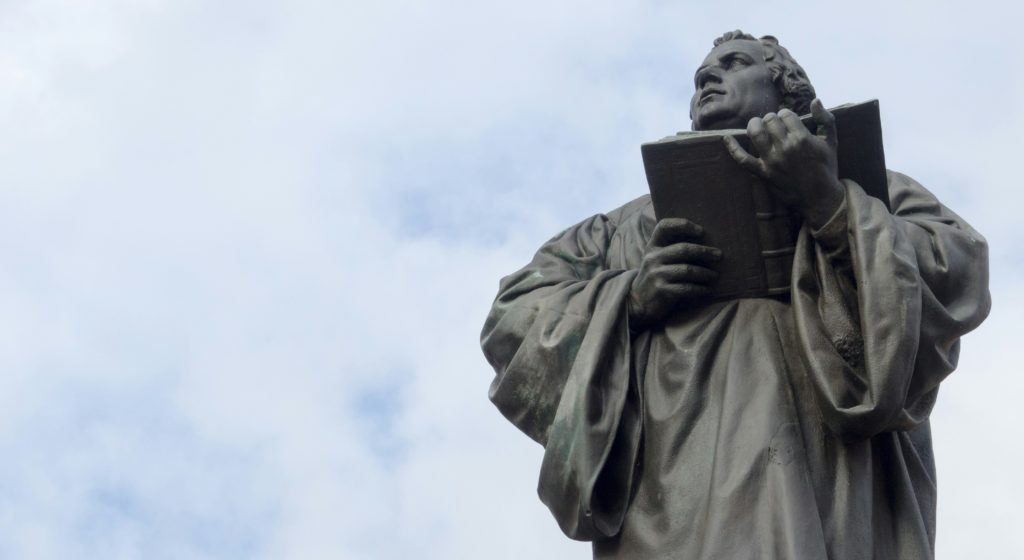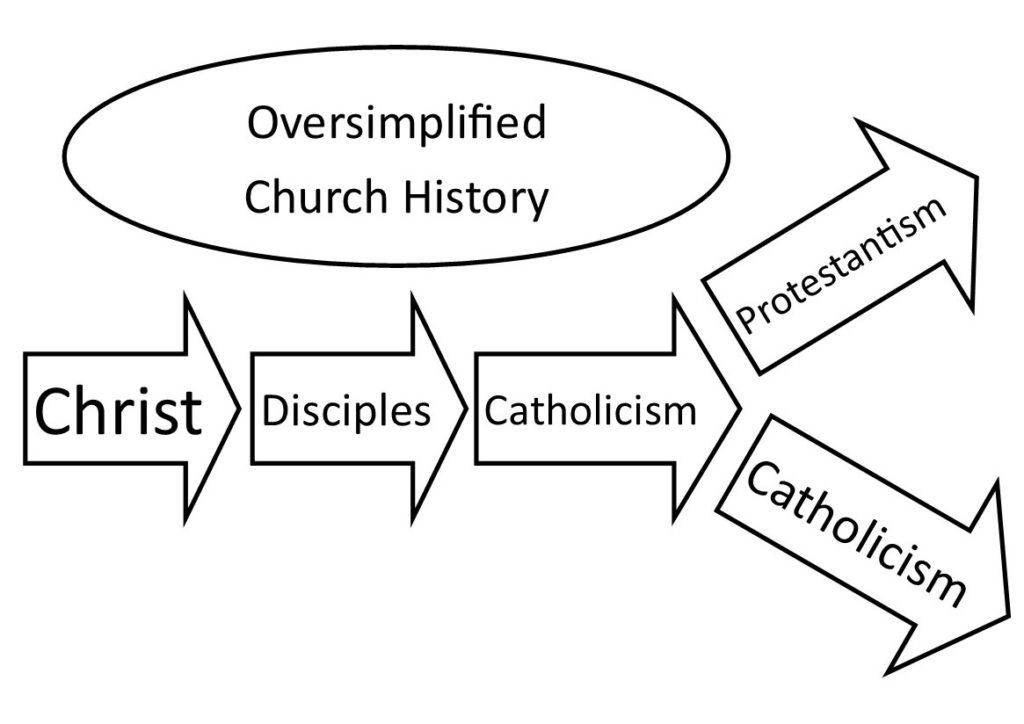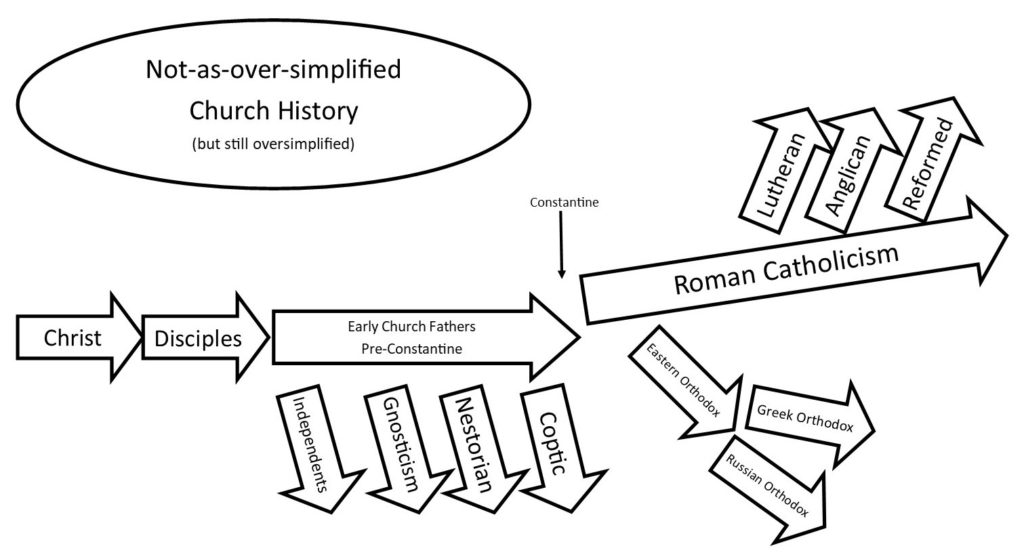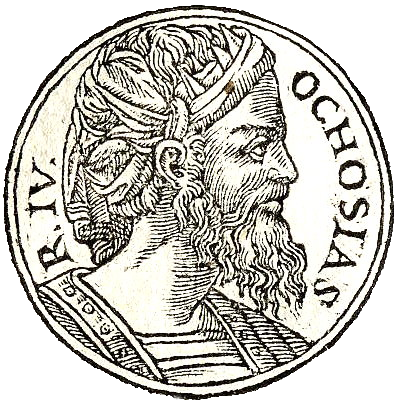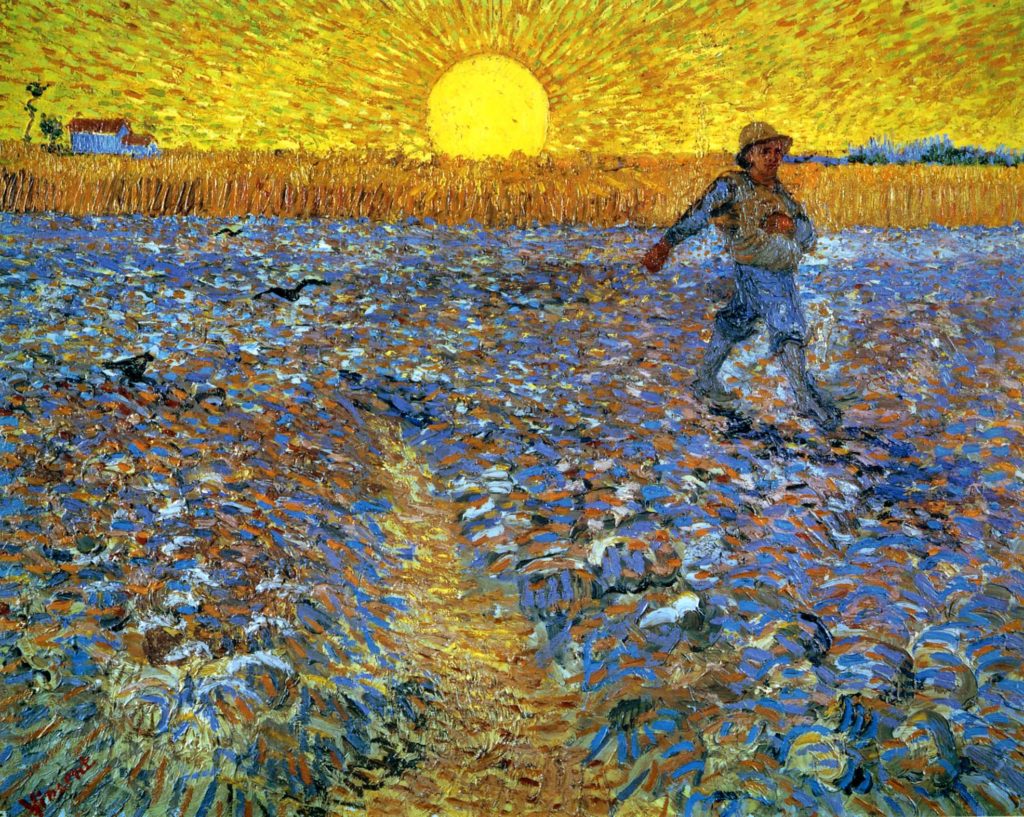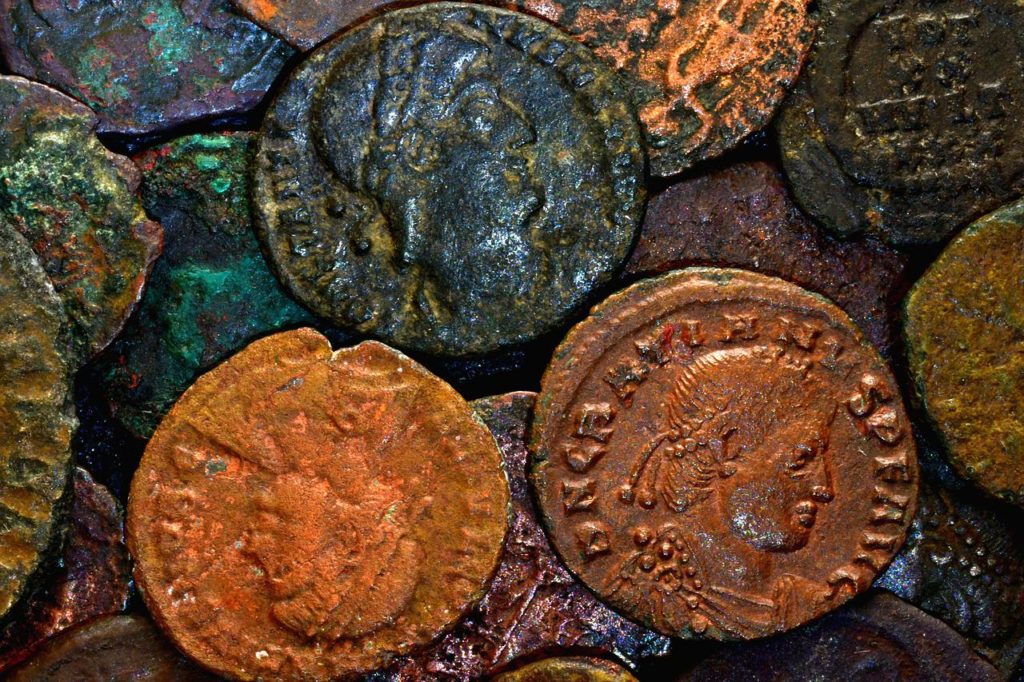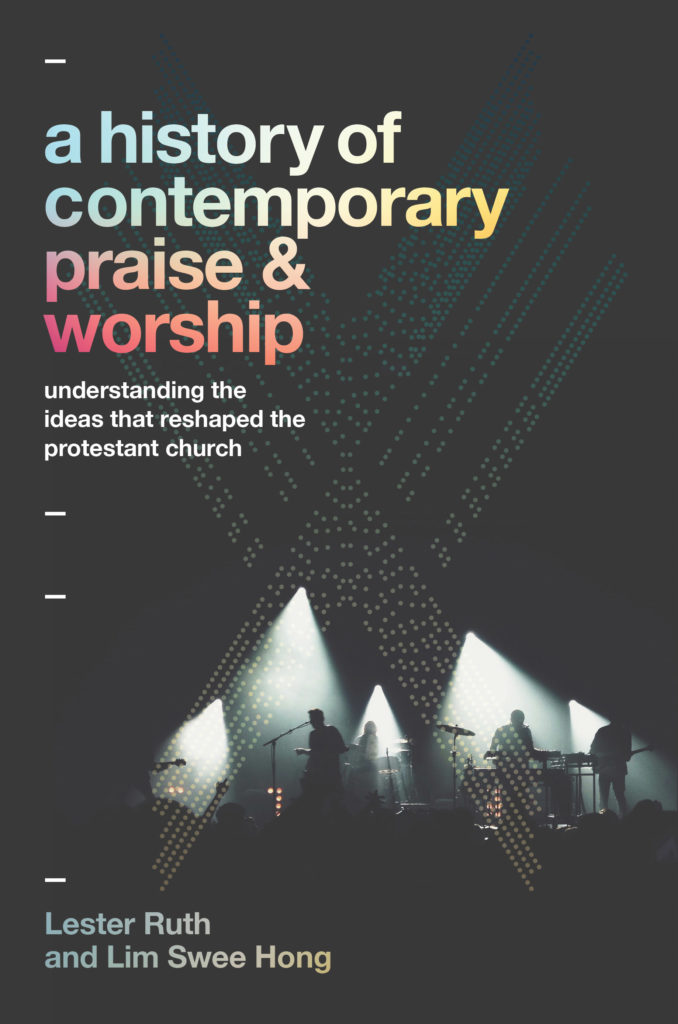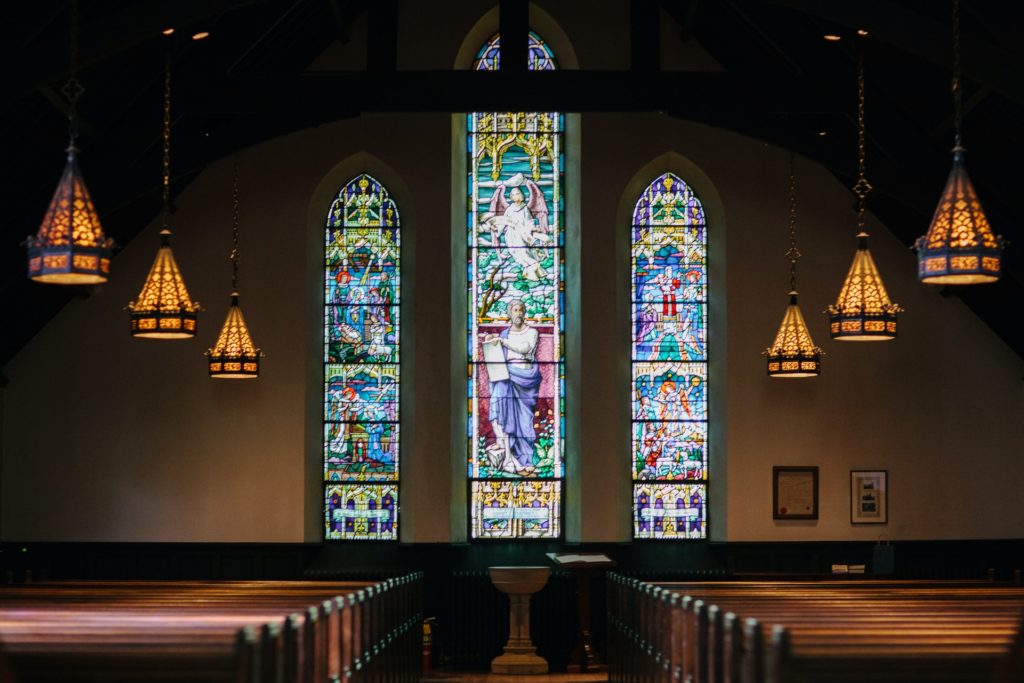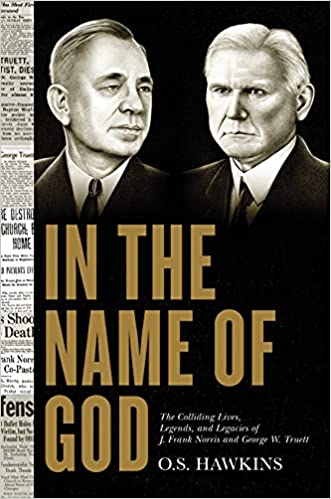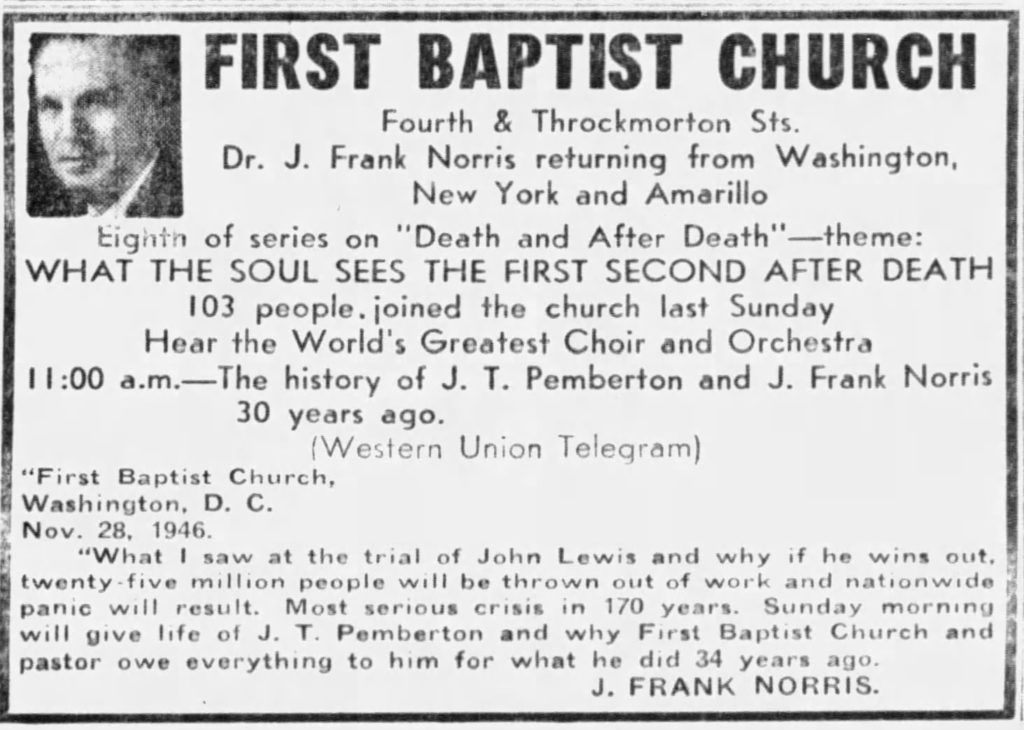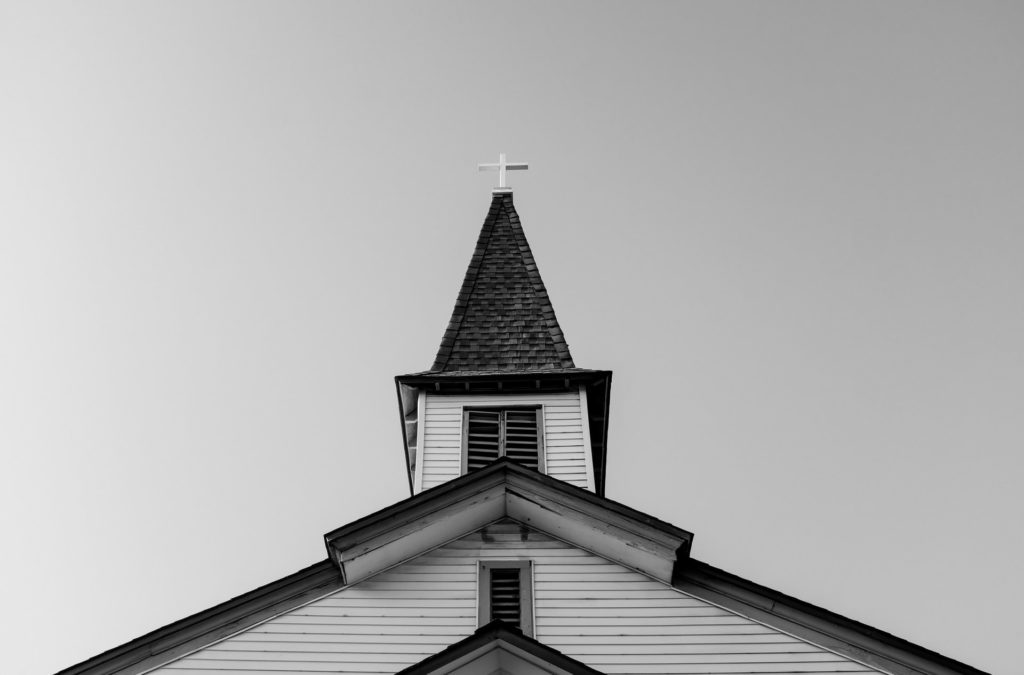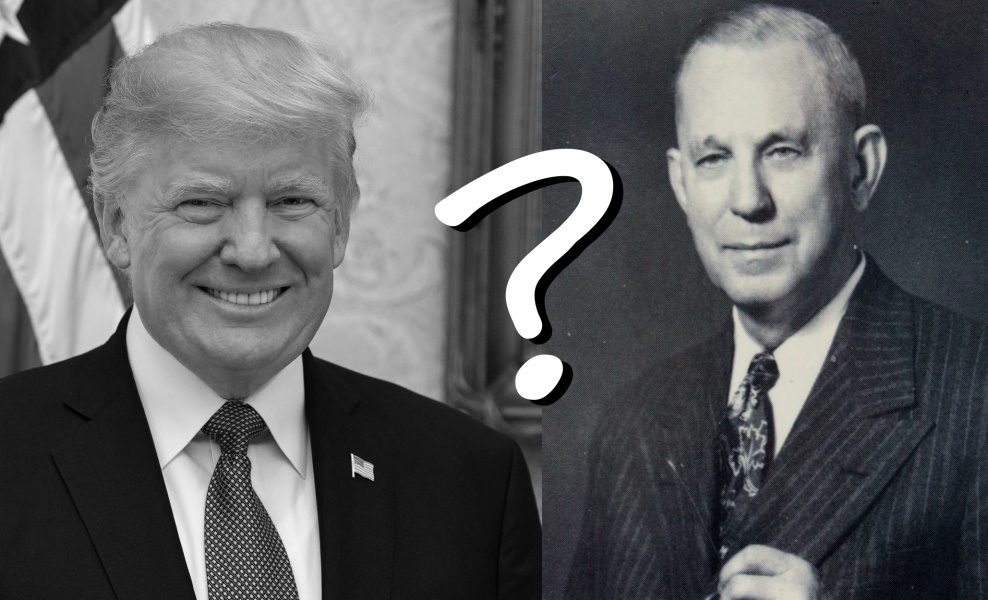One of the complaints that is hurled at the use traditional worship, hymns, and the King James Bible is that they create impenetrable barriers that prevent a person from truly knowing or experiencing God. This mindset takes many forms and has been a driving force in the reshaping of Christianity for at least the past century. This appears to be a peculiarly American innovation, as many other parts of the world seem content with their traditionalism.

There are essentially two philosophical approaches in Christianity for bridging the gap between God and man. Note that I am not saying theological approaches here. From a theological standpoint, man’s depravity cannot be overcome in his own power to bring him into fellowship with God. God had to be the one that reached across the divide through Christ to create a means of reconciliation. Man can now approach God only because Christ’s atonement of his sins. Any other mean would be based on man’s works which can never atone for his sins. This is basic Bible doctrine.
The two approaches I am speaking of are more practical than theological. They are seen in both evangelism and discipleship. Here is an illustration of these two approaches before we discuss them in further detail:
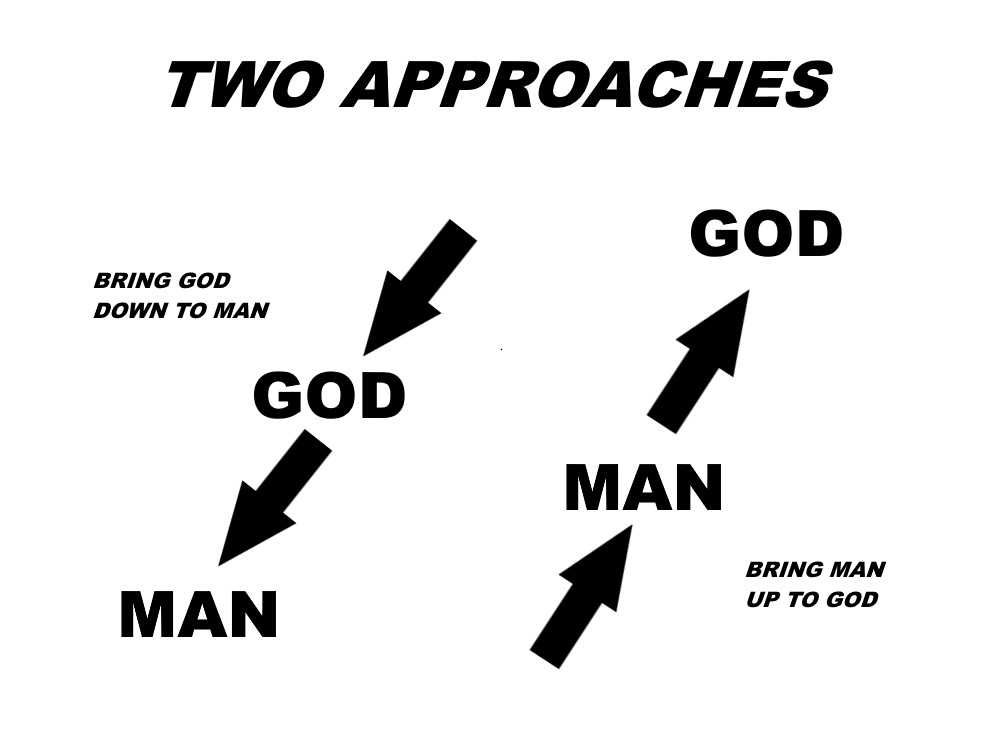
The first attempts to bring God down to man’s level. This is accomplished by simplifying theology and practice or focusing only on what is deemed to be essential to Christianity . Many Evangelicals fall into this group with their willingness to focus solely on the Gospel message by downplaying the importance of doctrines and practices they see as secondary.
This approach is often seen as practical or pragmatic. It is “seeker sensitive” and relies on approach to evangelism that is built on consumerism and marketability.
One of the clearest signs of this approach is the language it uses. It simplifies the Christianity’s vocabulary and terminology for the sake of outsiders being able to understand it.
Other marks of this approach include:
- Fraternity over fidelity in fellowship
- Focusing on only Jesus and our relationship with Him while downplaying doctrine
- Willingness to jettison doctrines and practices that are unpopular or unpalatable to the masses
The second attempts to bring man up to God. This is accomplished by discipleship and spiritual growth through which man increases in his knowledge of and obedience to God. This does not mean that man is made a deity, but that over time they increase in their faith.
This approach takes a long-term view to the Christian life. It recognizes that a child or new convert will not naturally understand every aspect of theology, but that as they grow and mature in their faith their understanding naturally increases. It allows advancement towards the goal lessening the goal.
When this approach is practiced, there is a high view of God and a concerted effort to moved towards His perfect image. Discipleship is practiced on freshly saved and seasoned saints. It does not rely on fads or marketing strategies. It allows the faithful presentation and practice of Biblical truth to shape and mold us.
A survey of Christian history would show that the second approach, moving man toward God, was the norm until the mid-1900’s. The book Lovin’ on Jesus: A Concise History of Contemporary Worship by Lim Swee Hong and Lester Ruth notes this shift in the 1960’s:
A change in the language by which English-speaking Christians spoke to God in corporate worship was a significant liturgical development in the second half of the twentieth century: The change was foundational: to move from archaic to updated English was considered the essence of making worship contemporary in the 1960s. To lose thee, thou, and thy as the way to talk to God was the first domino to fall on the path to today. To believe that we pray best to God in contemporary language is now a universal presumption of contemporary worship and one of its defining qualities. It is so much assumed and caught on so quickly, in fact, that most people would now point to other qualities like music or technology as the features that make worship contemporary. (p. 90-91)
This shift did not just affect prayer, Bible versions, or liturgy. It reflected a concerted change in approach by its leaders. Lim and Hong hit on this in their other book, A History of Contemporary Praise & Worship: Understanding the Ideas that Reshaped the Protestant Church, as they discuss the musical impact of Ralph Carmichael during that time. Note how the underlying philosophy matches what we saw in the above quote:
When Carmichael spoke of music as a language that needs to be in the “vernacular” of contemporary people, his concern was about the intelligibility of the music to those people. To make this point, he liked to use an analogy comparing the intelligibility of the Bible and the intelligibility of music: both need to be in an actual contemporary vernacular, he argued, so that people can understand them. Just as the church does not make Africans learn Latin to hear the gospel, and just as it does not make American Christians learn Hebrew or Greek to read the Bible in its original languages, and just as we applaud when new versions of the Bible leave behind the archaic expressions of the King James Version, Carmichael reiterated that the church in the same way should put its music into popular forms to use the understandable musical vernacular of people today. In the three minutes or so that it takes to play a song, he argued, the church does not have time to try music education to get a youth to appreciate a nonpopular form of music. What is better, he continued, is to “speak in a musical language” youth can understand. (p. 208-209)
This shift in the approach to Christian practice is indisputable, but its full impact is not often discussed. To many today who have bought into the modern Praise & Worship practices these leaders are heroes. To those like myself that try to hold to the older “traditional” practices there was irreparable harm done to Christianity through these changes. It was not just hymns and “archaic” language that was tossed out, it was the historic approach to Christianity that elevated God and sought to reach man in their sin, see them coming to a saving knowledge of Christ, then grow in their faith through consecration and sanctification. What it was replaced with is the approach that Christianity is a product that must be marketed to the masses and popularized by shedding anything deemed detrimental to its acceptance in popular society. Christianity, therefore, had to be repackaged and presented as “new and improved.” This was not a result of a demand by the public, but by Christian leaders trying to create a demand. In some ways they did, but the new form of Christianity they peddled was as close to classic Christianity as 1980’s New Coke was to Coca-Cola classic. The kept the name and some general themes but the product was radically different.
Today it is seen as a virtue to package or present Christian beliefs as inspired by cultural trends. Many leaders feel they are doing well by gutting divisive doctrines from their teaching. It is uncouth to take strong stands for issues that define denominations. I have even seen churches popping up that advertise themselves as being about “Just Jesus.”
While Christ is the center of the Christian’s love and mind, there is far more to Christianity that rests on Him. Christ Himself said, “If ye love me, keep my commandments.” (John 14:15). Those commandments are doctrine and practice. Every church has them, whether they want to admit it or not. To know Christ is far more than just the red letters in a Bible, it is a full revelation of truth from Creation in Genesis 1 to Eternity Future in Revelation 22. It is the voice of Christ that says, “in the volume of the book it is written of me” in Psalm 40:7 and Hebrews 10:7. To know Christ and to follow Christ must be founded on a knowledge of the mind of Christ that is found in thoroughly studying all the Scriptures. To jettison any aspect of Bible doctrine is to jettison part of what it is to be a Christian. By repackaging or reframing Christianity in effort to make it appealing to men, we have instead redefined what it is to be a Christian and what God expects from us.
The KJV, hymns, and other such elements were discarded by some because they were seen as barriers to knowing Christ. This is frankly absurd. The only barrier to knowing Christ is our prideful, sinful, fallen nature. Once we accept Christ as Savior, everything else is just details. We do not have to be able to understand every word in our Bible (by the way, why is the Bible the only book that must meet this impossible standard?), but we can learn it. We may not understand or appreciate the style of traditional, congregation singing in a church, but we can learn it.
I caution you, brothers and sisters in Christ, to avoid the temptation to of reshaping Christian doctrine and practice for the sake of making it more “accessible” to those outside our faith. We are called to bring men to Christ, not redefine Christ for men. The Great Commission is to present the truth of the Gospel to all the world, not contextualize it. Our goal should be develop a deep, thriving love of Christ and His truth in ourselves and in others around us.
